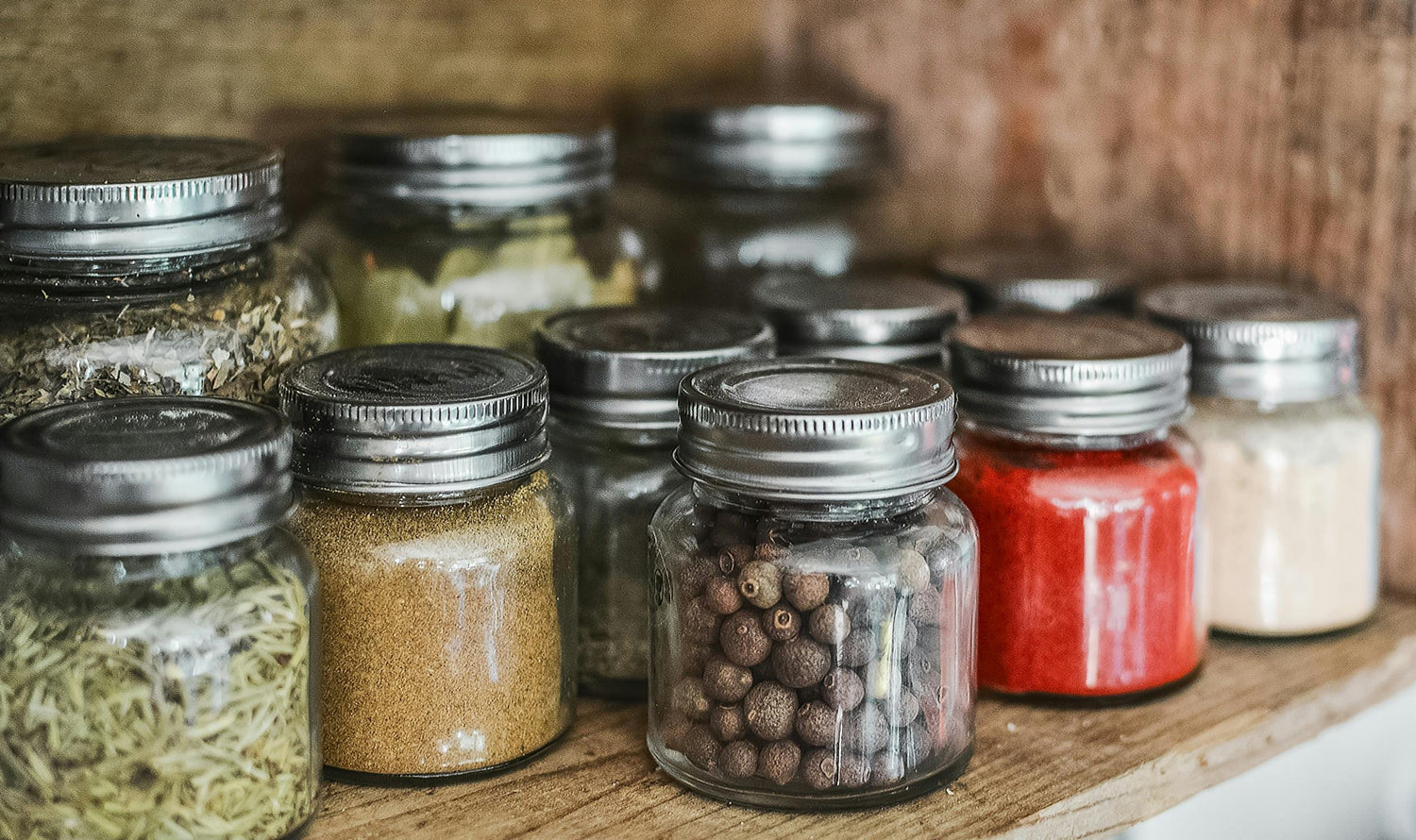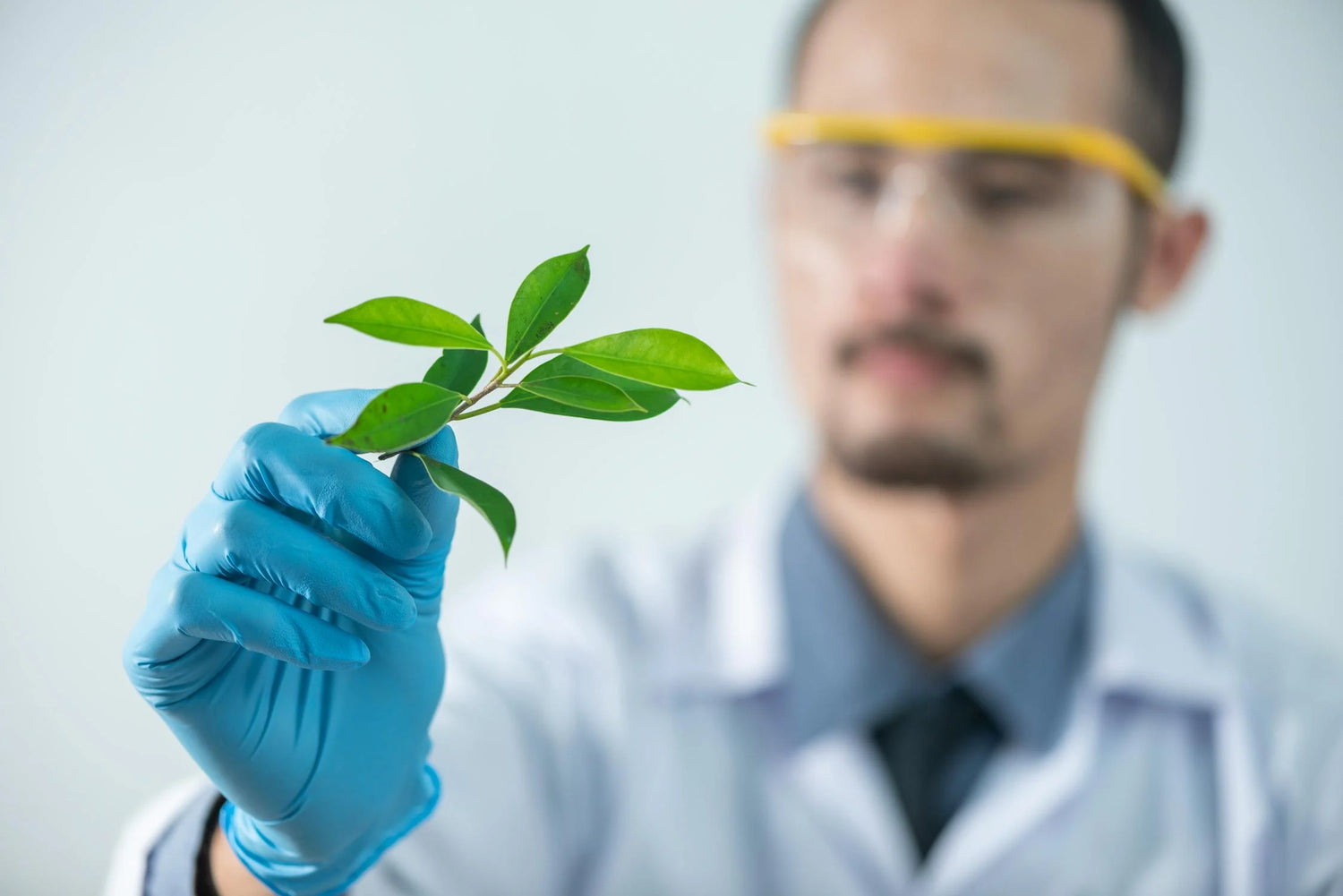
🌿 Welcome to AvicennaVigor: Nature’s Finest at Your Table
At AvicennaVigor, we blend centuries-old harvesting traditions with cutting-edge innovation to deliver saffron that embodies purity, potency, and sustainability. Sourced from the sun-kissed fields of Herat, Afghanistan—nine consecutive years recognized as the world’s finest by the International Taste Institute—our saffron reflects nature’s brilliance and expert craftsmanship.
-
Saffron: The Jewel of Spices
Regular price From £4.99Regular priceUnit price / per
Why Us

1. Superior Purity & Preservation
• UV-Protected Packaging: Glass jars & metal tins lock in crocin (color) and safranal (aroma)
• Oxygen Absorbers: Maintain saffron’s freshness for years

2. Ethical Sourcing & Sustainability
• Eco-Conscious: Biodegradable, recyclable packaging
• Empowering Farmers: Direct partnerships support fair wages and community growth

3. A Sensory Journey
•Red Gold Brilliance: A splash of color and floral fragrance transforms dishes
FAQs: Trust Through Transparency
What is Saffron?
Saffron is a spice derived from the Crocus sativus flower. Renowned for its vibrant color and distinct flavor, it has been used for centuries in traditional medicine. Modern research supports many of its health benefits.
How Can Saffron Help with Mental Health?
Studies suggest that taking 30 mg/day of saffron may help reduce symptoms of depression and anxiety, with some findings showing effects comparable to prescription antidepressants like fluoxetine. It may also support people with schizophrenia by improving certain symptoms, though more research is ongoing.
Does Saffron Benefit Heart Health?
Evidence indicates saffron may help lower blood pressure and improve cholesterol levels, potentially reducing the risk of heart disease. Clinical trials show it can decrease “bad” LDL cholesterol and help protect against atherosclerosis.
Can Saffron Improve Eye Health?
Yes. Research suggests that 20 mg/day of saffron may help improve visual function in conditions like age-related macular degeneration (AMD). Its antioxidant properties may also protect the retina from damage over time.
Does Saffron Aid in Better Sleep?
Surprisingly, saffron has shown promise in enhancing non-rapid-eye-movement (NREM) sleep quality, especially in people with type 2 diabetes. Improved sleep may result from saffron’s natural calming effects and antioxidant activity.
Are There Other Notable Benefits of Saffron?
- PMS (Premenstrual Syndrome) Relief & Sexual Health: Some studies indicate saffron can ease PMS symptoms and improve sexual function.
- Weight Management: It may help reduce appetite and support weight loss.
- Neurodegenerative Conditions: Preliminary research suggests benefits for Alzheimer’s and possibly Parkinson’s, although more studies are needed.
What Is the Recommended Dosage?
A common dose in clinical studies is 30 mg/day (often split into two 15 mg doses). For eye health, some studies used 20 mg/day. Always consult a healthcare provider to determine the best dosage for your specific needs.
Are There Any Side Effects or Risks?
At typical doses, saffron is generally considered safe. Mild side effects can include nausea, headache, or dry mouth. Extremely high doses (above 5,000 mg) can be toxic. Individuals with kidney issues or those on certain medications should be especially cautious.
How Do I Ensure Quality When Buying Saffron or Supplements?
Due to saffron’s high value, adulteration can be an issue. Look for third-party tested products or purchase from reputable sources. This helps guarantee purity, potency, and safety.
Should I Talk to a Healthcare Provider Before Using Saffron?
Yes. If you have existing health conditions or take prescription medications, consult a healthcare professional. They can help determine whether saffron is appropriate and safe for you.
Are Saffron’s Benefits Backed by Science?
Absolutely. A growing number of clinical trials, meta-analyses, and peer-reviewed studies support saffron’s potential benefits for mental health, heart health, eye health, and more. Research is ongoing, and findings continue to evolve.
How to spot fake saffron?
Look for: Deep red threads, strong aroma, and bitter taste.
Does saffron expire?
Yes, but with AvicennaVigor’s packaging, enjoy peak quality for 2–3 years
Revive Aged Saffron
- Toasting: Quick heat brings back the aroma
- Infusion: Steep longer for bold flavor
Disclaimer
The information provided here is for educational purposes and does not replace medical advice. Always speak with a healthcare professional before starting any new supplement or treatment.
Join the Legacy: Taste with Purpose
-
Design Inspirations
• Botanical Elegance: Earthy tones and floral motifs reflect saffron’s roots
• Augmented Reality: Scan packaging for virtual farm tours & cooking demos
-
References
1. Saffron Packaging Guide: bihava.com
2. Catalogue Design Trends: sprakdesign.com
3.Creative Catalog Ideas: fliphtml5.com


